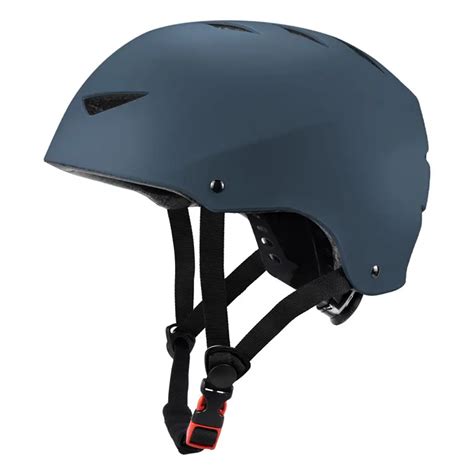Helmet Replacement: Prioritizing Your Safety on Two Wheels
For motorcyclists and cyclists alike, the helmet is the single most crucial piece of safety equipment. It's the first line of defense against head injuries, which can be catastrophic. Knowing when to replace your helmet is paramount, as a damaged helmet, even if seemingly minor, can significantly reduce its protective capabilities. This guide will delve into the critical aspects of helmet replacement, helping you prioritize your safety on two wheels.
How Often Should I Replace My Motorcycle Helmet?
This isn't a simple question with a single definitive answer. While manufacturers often suggest a replacement every 5 years, several factors significantly influence when you should replace your helmet:
-
Impact: Even a seemingly insignificant drop can compromise the helmet's structural integrity. Internal damage, invisible to the naked eye, can weaken the shell and liner, rendering it less effective in a serious accident. If your helmet has been involved in any fall, even a minor one, replace it immediately. Don't risk it.
-
Exposure to the Elements: Prolonged exposure to sunlight, extreme temperatures, and moisture can degrade the helmet's materials over time. UV rays can weaken the shell, while extreme temperatures can affect the integrity of the liner. Regular exposure to the elements accelerates the aging process, necessitating a sooner replacement.
-
Deterioration of Materials: Over time, the helmet's inner liner can absorb sweat, dirt, and oils, leading to bacterial growth and degradation. This can impact the comfort and hygiene of the helmet, and more importantly, its ability to absorb impact effectively. A noticeable odor or significant deterioration of the padding should prompt replacement.
-
Manufacturing Date: Check the manufacturing date of your helmet. Regardless of usage, helmets generally lose their protective properties after a period of 5-10 years, even without significant impact or exposure. This is due to the natural degradation of materials over time.
How Often Should I Replace My Bicycle Helmet?
Similar to motorcycle helmets, bicycle helmets also need periodic replacement. The recommended timeframe is generally shorter, often around 3-5 years, due to the higher frequency of potential impacts from falls.
-
Impact: Just like motorcycle helmets, any impact, no matter how minor, warrants replacement. Cracks, dents, or even slight compression can compromise the helmet's ability to protect your head.
-
Exposure: Sun, rain, and extreme temperatures degrade the materials of a bicycle helmet, reducing its effectiveness. Regular exposure can lead to weakening of the shell and deterioration of the foam liner.
-
Damage to Straps and Buckles: Check the straps and buckles for any signs of wear and tear. Damaged straps can compromise the helmet's fit and ability to stay in place during a fall.
-
Deterioration of the Liner: A worn-out or damaged inner liner should be a clear indicator that it's time to replace your helmet.
What are the signs that my helmet needs replacing?
Several visual cues can help you determine if your helmet requires replacement:
- Visible Cracks or Dents: These are obvious signs of damage and compromise the helmet's structural integrity.
- Loose or Damaged Straps/Buckles: Compromised straps or buckles affect the helmet's fit and could lead to it coming off during an impact.
- Significant Wear and Tear: Excessive wear on the outer shell or significant compression of the inner foam liner indicates a need for replacement.
- Unusual Odor: A strong, persistent odor often points to the build-up of bacteria and sweat, compromising hygiene and the structural integrity of the inner liner.
What Happens if I Don't Replace My Helmet?
Wearing a damaged helmet is akin to driving without seatbelts. It dramatically increases the risk of severe head injuries in a crash. A compromised helmet offers significantly reduced protection, potentially leading to more severe injuries compared to wearing no helmet at all.
Can I Repair My Helmet?
No. Repairing a damaged helmet is strongly discouraged. The internal damage is usually invisible to the naked eye, and even minor repairs could further compromise its structural integrity and protective capabilities. Always replace a damaged helmet with a new one.
Where Can I Buy a New Helmet?
Numerous retailers offer a wide range of helmets for motorcycles and bicycles. Ensure you choose a reputable brand known for its safety standards and rigorous testing procedures. Proper fit is crucial – seek professional assistance to ensure your helmet fits correctly.
Prioritizing your safety on two wheels means making informed decisions about your equipment. Regular inspection and timely replacement of your helmet are not mere suggestions; they are vital steps in protecting yourself from potentially life-altering injuries. Don't compromise your safety – replace your helmet when necessary.

